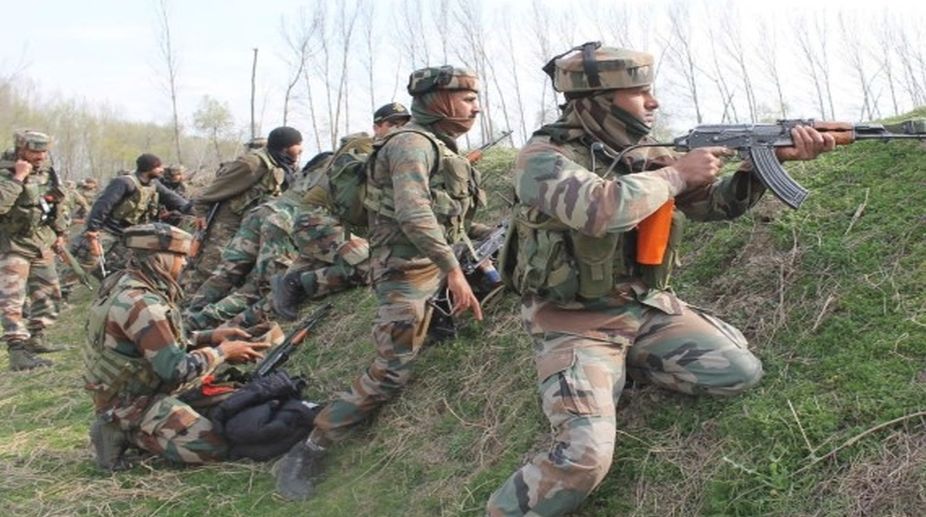Congress, allies sabotaged Jammu’s national projects: Dr Jitendra Singh
The minister further alleged that the Congress also denied 4% reservation to the people living along the International Border in this region.

Representational Image (Photo: IANS)
Security specialists will be monitoring the results of the home ministry’s recent thrust on inducting local people into counter-insurgency operations. During his recent visit to Jammu and Kashmir the home minister announced the raising of two India Reserve Police Battalions from people living within 0-10 kms from the front line, and another three in which there would be a 60 per cent reservation for folk hailing from within that belt.
That comes on the heels of the commissioning of the ‘Bastariya Battalion’ of the CRPF to take on left-wing extremists in Maoist-infested Chhattisgarh. Has the ministry eventually realised that inducting large numbers of “outsiders” has only limited impact in operations where local people are actively in the insurgencies? And so setting locals against locals is worth the experiment?
Queries are also being raised if offering employment to about 5,000 people hailing from the frontier region of J&K will actually address the unemployment problem that New Delhi believes contributes to the frustrations that fuel militancy. Since it will be several months before the IRP Battalions are raised, trained, and deployed in action there can be no early answer to those queries, but there are some apprehensions that the move is in keeping with the government’s tendency to create headlines without having adequately thought the matter through.
Advertisement
In the short term the move could demoralise the CRPF/J&K police personnel fighting the insurgency; they could get an impression that they are not deemed good enough. There is no one-size-fits-all remedy, so while recruiting personnel for a single battalion in Bastar might have been feasible, attracting 5,000 men in J&K might not be that simple. The CRPF is a force with an 80-year history, so capable of absorbing recruits from “virgin” areas.
The IRP Battalions do not have such well-drilled procedures, so the training of the recruits could be “tricky”. Selecting so many young men already exposed to the indoctrinating allure of the militants in J&K could be problematic. Large sections of the youth there have been radicalised, what is to prevent some of them joining the IRP Battalions only to subsequently try to subvert them? No parallel should be drawn with a couple of Army regiments: for starters many of the personnel hail from the Jammu and Doda regions that are not so heavily influenced by “separatist” ideology, and training in the Army is very thorough ~ few soldiers have deserted or “crossed over”, the same does not hold true of the police.
The criticism is not intended to write off the accent on the local counter-insurgency moves, merely to ask if special plans for selection in recruitment, and then training have been drawn up to ensure the proposed IRP Battalions are at par with other paramilitary forces. Unless that level of proficiency is attained, the local flavour may not prove delicious.
Advertisement